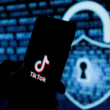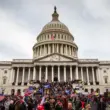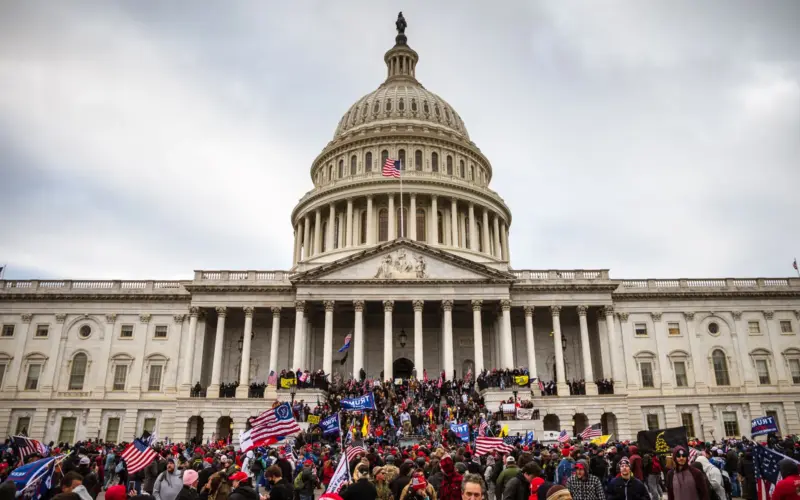The events of January 6th, 2021, at the United States Capitol stirred a maelstrom of controversies, raising questions about the use of deadly force, potential setups, and the government’s response. A closer examination of the events reveals a multifaceted narrative that demands scrutiny and careful consideration.
Navigating the Legal Landscape: Deadly Force and Its Controversies
The discussion surrounding the use of deadly force on January 6th delves into the complexities of law enforcement protocol. While acknowledging the severity of breaching the Capitol, the question arises: why was deadly force employed against an unarmed individual like Ashli Babbitt? The ethical considerations of resorting to lethal measures, especially when faced with unarmed protestors, warrant a closer examination of police procedures and the principles governing the use of force.
Ashli Babbitt’s Tragic End: Deadly Force as a Last Resort

Ashli Babbitt’s death on that fateful day remains a point of contention. Advocates argue that deadly force should be the last resort, employed only when imminent danger is evident. Babbitt, unarmed and climbing through a window, prompts questions about proportionality in the use of force. The application of lethal measures should align with established principles that prioritize de-escalation and proportionate responses.
Potential Setups and Infiltration: Unraveling the Conspiracy Theories
Amidst the chaos, claims of potential setups and infiltration have surfaced. The suggestion that agitators, possibly with different political affiliations, infiltrated the crowd to incite violence adds another layer of complexity. Acknowledging the presence of FBI agents within the crowd, one must scrutinize the government’s role in monitoring and responding to the alleged insurrection plot.
Government Inaction: A Breach of Security or Strategic Oversight?
The revelation that the federal government, including the FBI, had prior knowledge of the alleged plot to storm the Capitol raises concerns about governmental inaction. The decision not to reinforce Capitol security, despite foreknowledge, invites scrutiny into the motives behind such a strategy. The question looms: was it a deliberate oversight, a failure in intelligence interpretation, or a calculated maneuver with a yet-to-be-revealed purpose?
The Capitol Police’s Tactical Choices: An Analysis of Response
The Capitol Police’s response on January 6th has faced criticism and commendation alike. The video evidence showing officers apparently allowing protestors into the Capitol complex raises questions about tactical choices. Were these actions intentional or a result of overwhelmed law enforcement? Analyzing the decision-making process during the breach becomes imperative to understand the dynamics at play.
The Need for Transparent Investigation: Restoring Trust and Accountability
In the aftermath of January 6th, a call for a transparent and thorough investigation emerges. It is crucial to restore trust in law enforcement and the government by holding those responsible for any lapses accountable. An impartial inquiry, untainted by political bias, can shed light on the intricacies of the events, providing clarity and addressing concerns about the use of force, potential setups, and governmental actions.
Conclusion: A Call for Objective Reflection
As the nation grapples with the aftermath of January 6th, an objective reflection on the events is imperative. Balancing the need for security with respect for constitutional rights remains a delicate task. The complexities surrounding the use of deadly force, potential setups, and government actions demand a nuanced, fact-based examination. Only through such an approach can the nation move forward, armed with a comprehensive understanding of the events that unfolded on that historic day.
- Government Control: The TikTok Controversy Unveiled - October 11, 2023
- Constitutional Waters: Law Enforcement and COVID-19 Policies - October 9, 2023
- Ethical Complexities: Immigration, Border Patrol, and Personal Sacrifice - October 6, 2023









